A Look at What Really Went on Inside Victorian Insane Asylums
Some of the patients underwent unusual therapies.
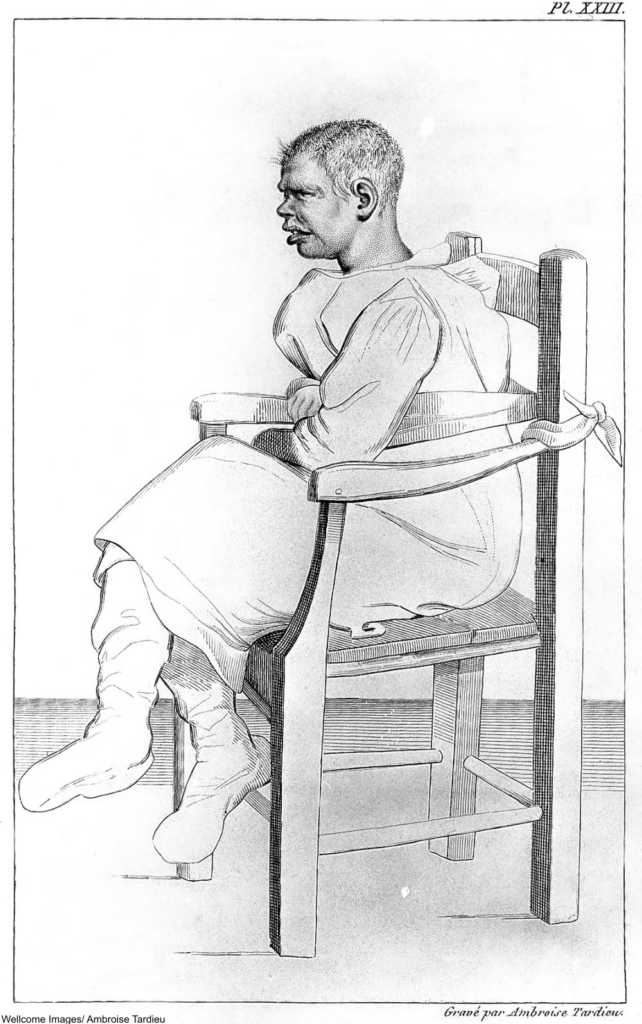
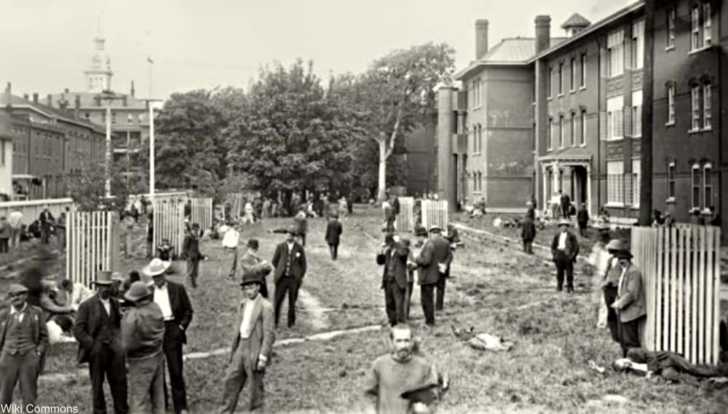
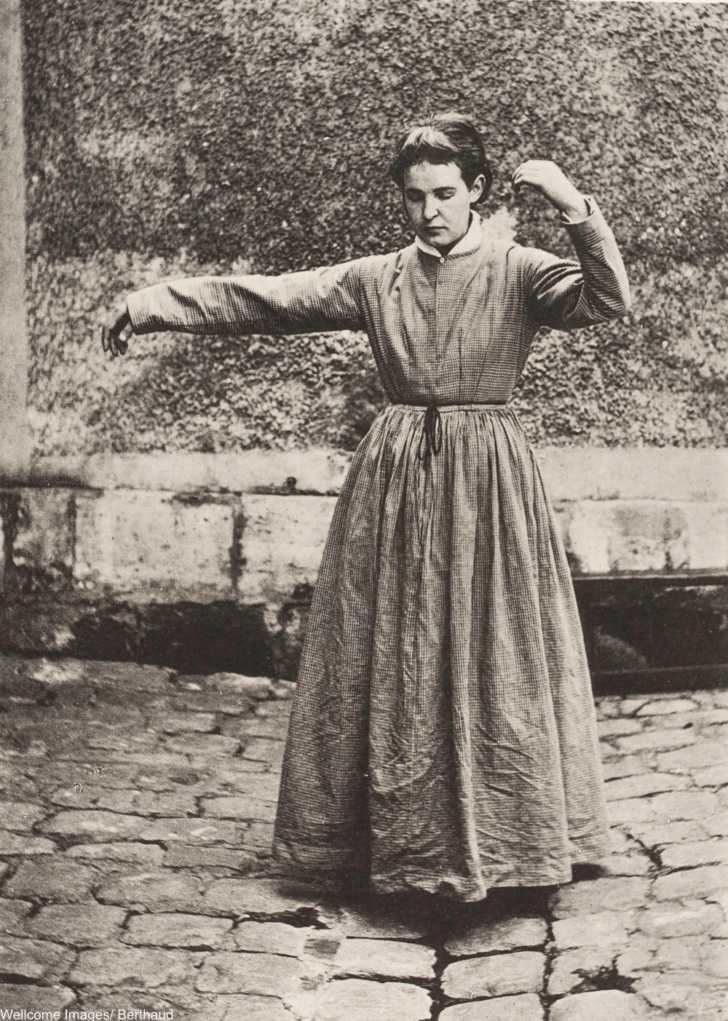
In 1887 there were in England more than 80,000 insane asylum patients in the various types of facilities (workhouses, pauper asylums, private asylums and hospitals, as well military and criminal insane asylums). In the U.S. in 1880 there were 232,473 people in asylums, workhouses, juvenile detention centers, and homes for the blind and deaf. Despite well-intentioned methods of treatment (which included restraints and hydrotherapy), even improvements made around the turn of the century left segments of asylum populations vulnerable to mistreatment and misdiagnosis.
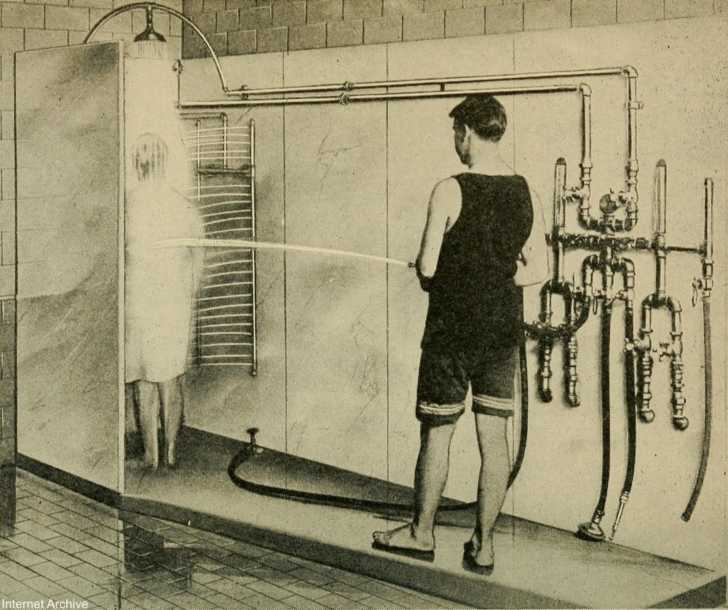

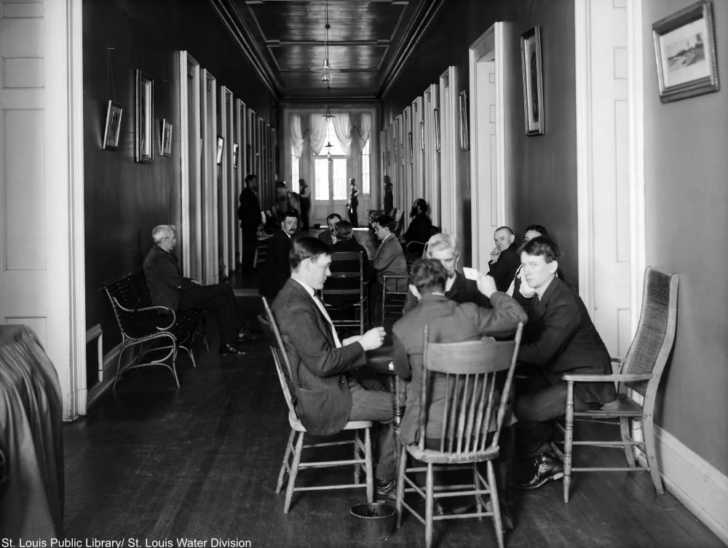

Patients in asylums could be suffering from diseases (like syphilis, epilepsy, or alcoholism) or even from extreme grief. Sometimes the elderly and those with senility ended up in insane asylums. While we would today consider these medical ailments or matters for family, the lack of successful treatments and knowledge of disease meant that in many cases patients/inmates would have been incarcerated for life.

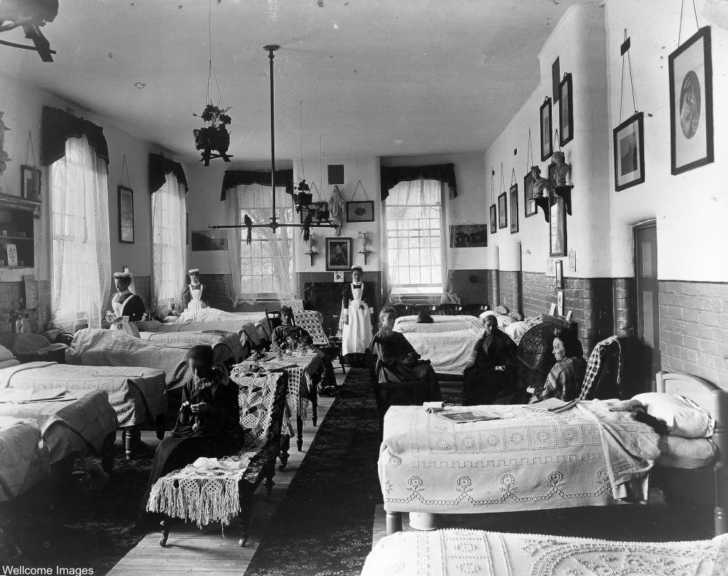
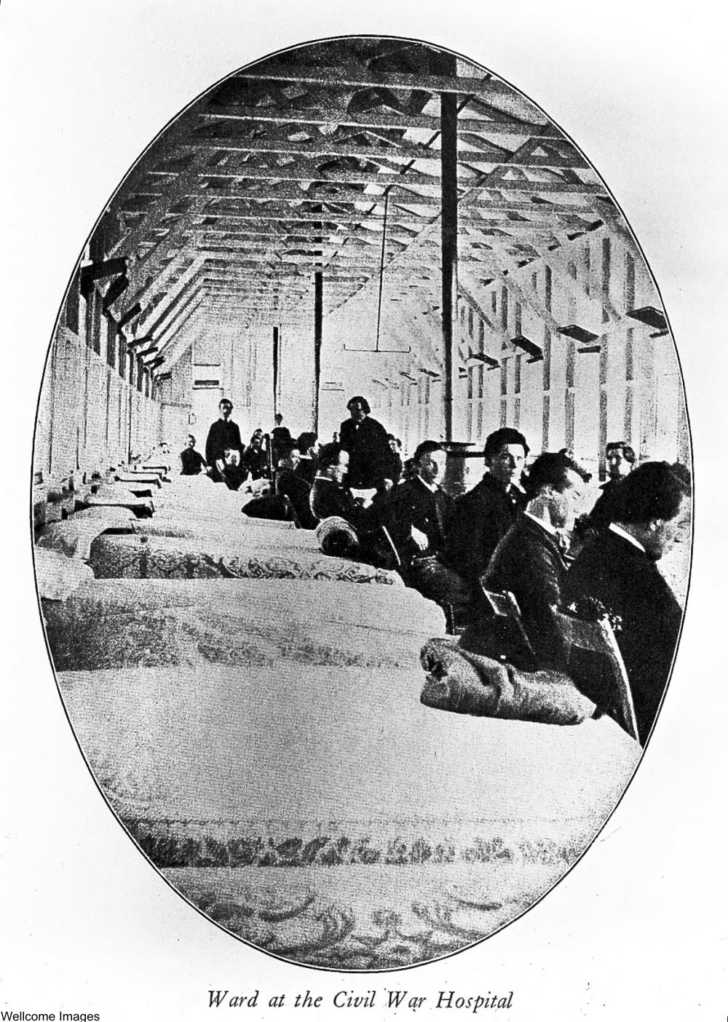
Staff were advised to bribe them with food, and to coerce, or punish patientswho often had little control in their lives – and this was at facilities where the staff believed they were giving good treatment to the inmates! Some facilities offered little to no treatment or discussion of care. On the other hand some facilities offered occupational or distractive therapy, one of the few steps towards humane treatment of mental patients at the time.

SKM: below-content placeholderWhizzco for DOT

